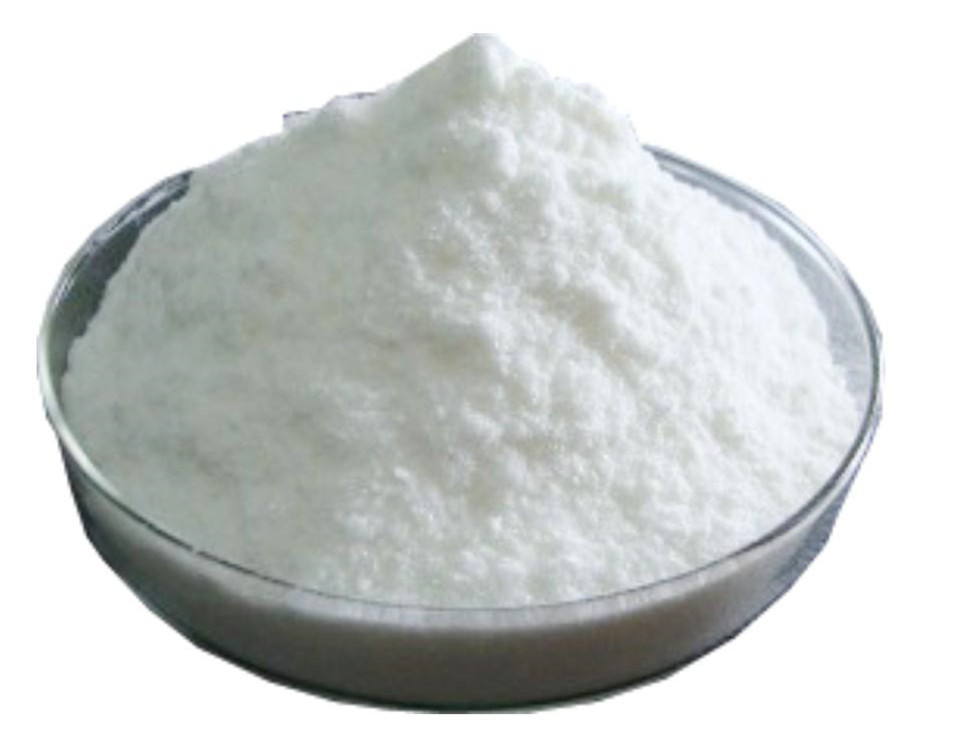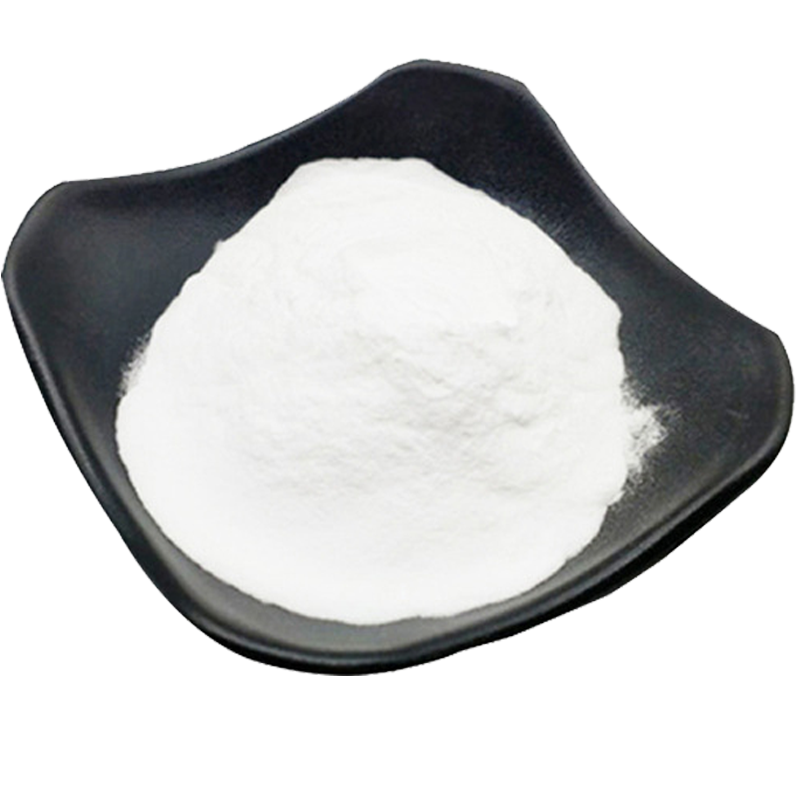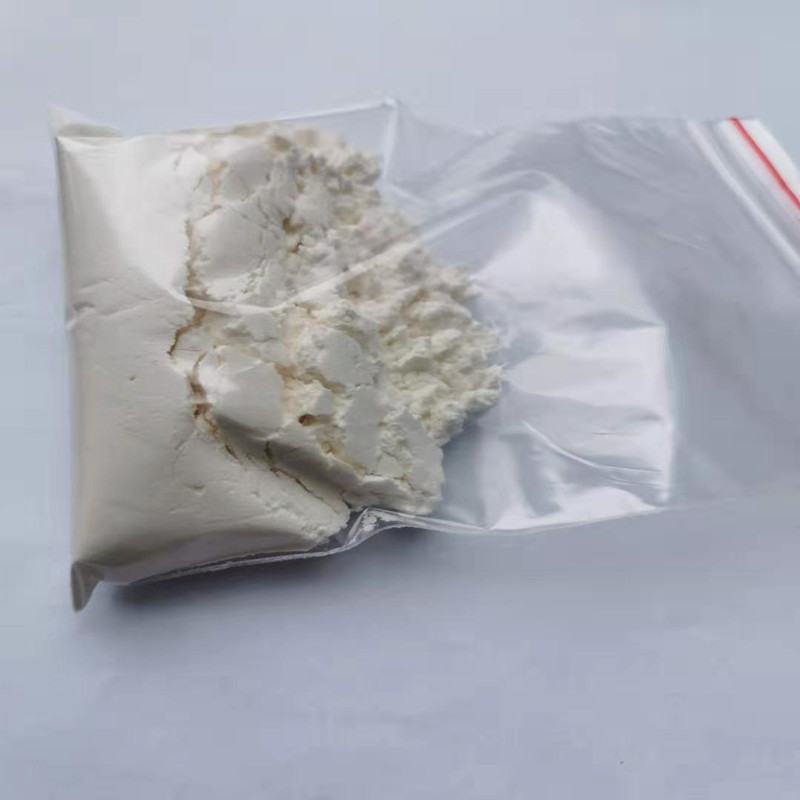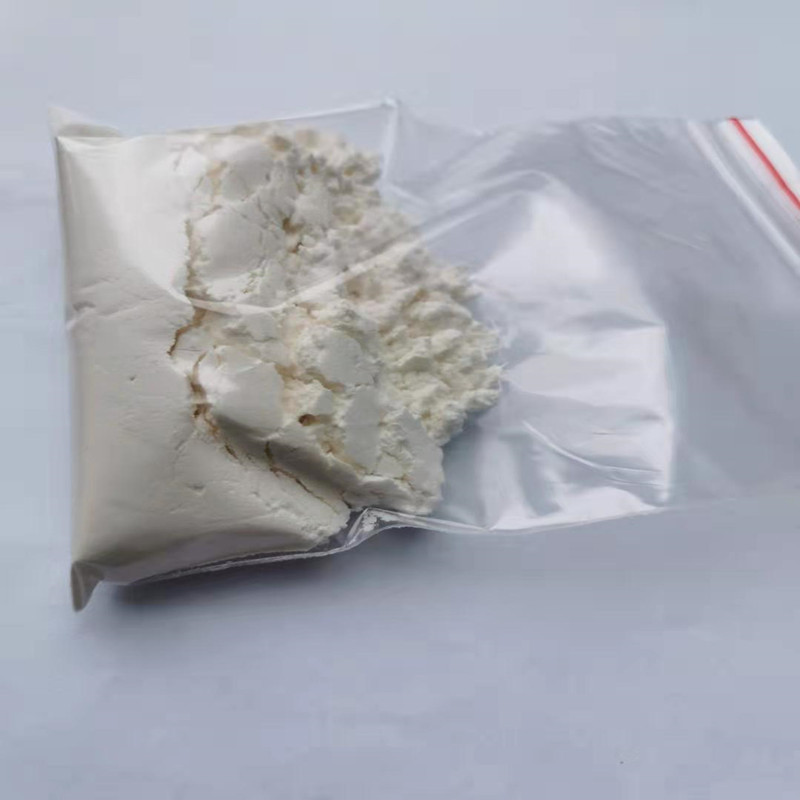Microbial Fungicides Trifloxystrobin 97%TC Cas 141517-21-7
Trifloxystrobin is a kind of strobilurin fungicide with broad-spectrum fungicidal effect.
Learn More Get a QuoteMicrobial Fungicides Tebuconazole 97%TC Cas 107534-96-3
Tebuconazole is an efficient fungicide used for seed treatment or foliar spraying of important economic crops.
Learn More Get a QuoteMicrobial Fungicides Dimethomorph 97%TC Cas 110488-70-5
Dimethomorph is a morpholine class broad-spectrum fungicide, which has a unique mode of action against fungi of the Oomycete family, including downy mildews and Phytophthora species.
Learn More Get a QuoteMicrobial Fungicides Iprodione 97%TC Cas 36734-19-7
Iprodione is a broad-spectrum contact fungicide.
Learn More Get a QuoteWhat is a fungicide?
Fungicides are a class of chemicals used to control plant diseases. Primary fungicides are defined as chemicals that kill fungi or inhibit their growth. With the development of fungicides, the scientific definition includes pesticides that can directly kill or inhibit the growth and development of plant pathogens, or some pesticides that have no direct biological activity on pathogens, but by changing the pathogenic process of pathogens or by inducing plant production
Disease resistance, so as to achieve the purpose of preventing and controlling plant diseases.
Mode of action of fungicides
1. Protective effect
Refers to the use of fungicides to inhibit spore germination, germ tube formation, or interfere with the biological properties of pathogen invasion, to use agents before plants become ill, to eliminate germs or to establish a chemical drug barrier between pathogens and plants to prevent and control diseases
Invasion of fungi to protect plants. The killing or inhibiting effect of such fungicides on pathogens is limited to the surface of plants, and is ineffective against pathogens that have already invaded the host.
2. Therapeutic effect
After the plant is infected or onset, the fungicide is applied to the plant body to relieve the parasitic relationship between the pathogen and the host or prevent the development of the disease, so that the plant can restore health, including systemic treatment and local treatment.
(1) Systemic therapeutic effect: also known as systemic effect. That is, using the systemic and redistribution characteristics of modern selective fungicides, after spraying on different parts of the plant, the agent can enter the plant through plant root absorption or stem and leaf penetration.
Inside, and transported through the ectoplasmic system or coplasmic system, the drug can be distributed systematically in the plant, which can prevent the development of diseases on the plant far away from the application point. Such fungicides generally have strong selectivity and long-lasting effect. pathogenic
It can be used before the invasion of pathogenic bacteria to play a chemical protective role, and it can also be used after the invasion of pathogenic bacteria or even after the onset of the disease to exert its chemotherapeutic effect.
(2) Local therapeutic effect: also called eradication, including surface chemical eradication and local chemical eradication. Apply the medicine on the surface of the host, through the penetration and bactericidal effect of the medicine, kill the pathogenic bacteria near the invasion point, and eradicate the bacteria that have formed at the place where the medicine is applied.
Infecting pathogens. Most of these fungicides have poor systemic absorption and cannot be transported in plants, but they have strong bactericidal effect and good permeability. Usually, the parasitic plants can be directly killed by spraying non-systemic fungicides, such as lime sulfur, sulfur powder, etc.
The pathogenic bacteria on the surface, such as powdery mildew bacteria, etc., can achieve the purpose of surface chemical eradication; or spray fungicides with strong penetrating properties, and use the penetration of the agent to kill the pathogenic bacteria that are parasitic on the surface of the host or have invaded the surface of the host, showing
Topical chemical eradication.
3. Induction of disease resistance
Also known as immunity, it means that the plant system acquires resistance through the application of chemical substances, and enhances the resistance to pathogenic bacteria invasion, and its control spectrum is wide. Since most of these fungicides have no direct poisoning effect on target organisms,
Therefore, it must be used before the plants are not diseased, and it is ineffective against pathogenic bacteria that have invaded the host.
Classification of fungicides
1. Protective agent
Before the pathogen has reached the host plant or invaded the host, it is applied to the surface of the plant to prevent the germination of the germ spores or kill the germinating spores, so as to protect the plant from the harm of the pathogen. Such as Bordeaux mixture,
Senzinc, Tuzet, etc. are generally non-water-soluble, can withstand wind, rain erosion and erosion, are relatively durable, and have a long protection time. Bordeaux mixture is prepared by lime, copper sulfate, and water in a certain ratio (generally 2:1:100). Wave
There are many preparation ratios of Erdo liquid, and the use should be determined according to the control objects and the growth period of the crops. The general principle is that the more lime is used, the safer the plants are, and the drug effect will last; on the contrary, the less lime is used, the bactericidal effect is faster, and the phytotoxicity to plants is also serious.
Heavy. Generally, fruit trees often use the lime-doubling formula (that is, lime: copper sulfate = 2:1) or lime-triple formula; grapes are susceptible to lime damage and often use the lime half-quantity formula; in addition, before the fruit trees are quickly harvested, the drug effect is required to be rapid without polluting the fruit surface, and the lime half-quantity formula can also be used.
Mode. When the amount of water is small (such as 2:1:10), it becomes Bordeaux pulp, which can be used to prevent fruit tree wound infection and has the effect of killing bacteria.
2. Eradicating agent
After the plant is infected, it is applied to the surface of the plant to kill the fungi that have entered but most of the bacteria are still growing on the surface of the host. For example, powdery mildew bacteria are mostly controlled by sulfur-based chemicals. Eradication agents are mostly used during the dormant period of crops. If the tree is used in winter
Whitening agent or high concentration of lime sulfur kills overwintering pathogens. Some eradicating agents can also be used to disinfect agricultural tools and soil to kill germs and nematodes, such as formalin.
Lime sulfur mixture is a medicament made by boiling lime, sulfur and water in a certain ratio (such as 2:1.5:15), which can prevent diseases and control insects. The bactericidal power of lime sulfur mixture is closely related to the amount of calcium polysulfide contained in it, and the content of calcium polysulfide
The content is basically the same as that of Baume concentration. Therefore, the quality of lime sulfur mixture is usually measured by Baume specific gravity meter, and then diluted with water according to the measured concentration, it can be used. Lime sulfur mixture has certain phytotoxicity to fruit trees, and it is suitable for fruit trees to fall in winter.
Note that lime sulfur mixture is a strong alkaline agent and cannot be mixed with other drugs. It should be used at intervals of more than 20 days with Bordeaux mixture. However, when spraying in winter, it can be mixed with 0.5% sodium pentaaminophenol to control overwintering diseases and insect pests.
effect.
The whitening agent is used for whitening the trunks of fruit trees in winter, which can prevent some overwintering diseases and insects from hiding in the cracks and crevices of the trunks, and also has the effect of antifreezing. The preparation ratio is quicklime:lime sulfur:salt:water=12:1:2:36.
Tung manganese mixture is a kind of wound sterilization antiseptic made by heating tung oil and potassium permanganate. It is mostly used for fruit tree branch and root diseases, as a coating to protect wounds after scraping off diseased tissues, and as a wound protectant after pruning in winter.
3. Systemic fungicides
The medicine can penetrate into the tissue through the plant epidermis, and stay in the plant with the conduction and diffusion or produce metabolites to protect the plant from the invasion of pathogens or treat diseases, such as rhizome, benlaide, thiophanate, etc. This type of agent is resistant to rain erosion and is effective against deep-seated bacteria, but it is also easy to cause resistance to bacteria.
The price of fungicides
Usually, the price of fungicides will be affected by raw materials, market environment, research and development costs, etc. If you want to know the price of fungicide, please contact us to initiate an inquiry.
Tel: 13563082345 Email: sales@agripesticide.com
Supplier of fungicides
Agripestcide is a professional agrochemical manufacturer, providing herbicides, insecticides, microbial fungicides, plant growth regulators and other products. If you are looking for fungicides, please feel free to contact us for the latest price.




